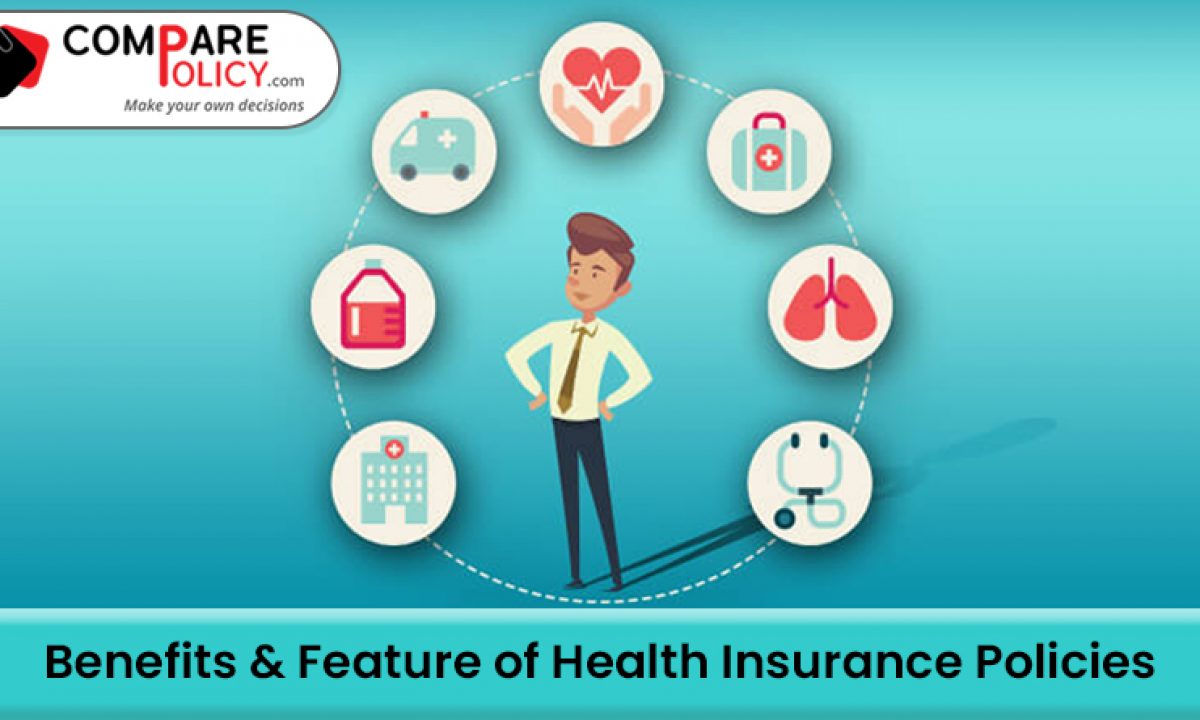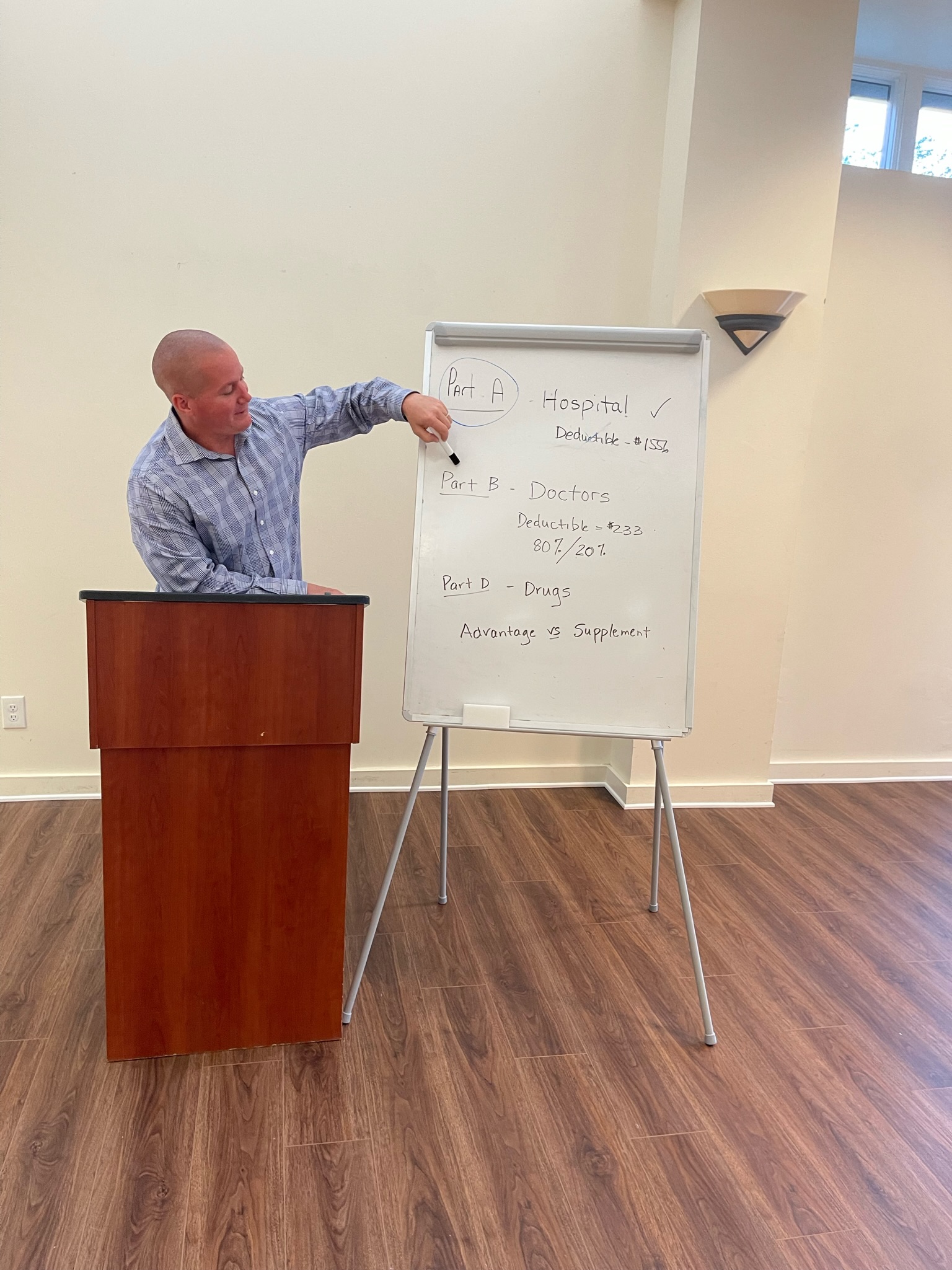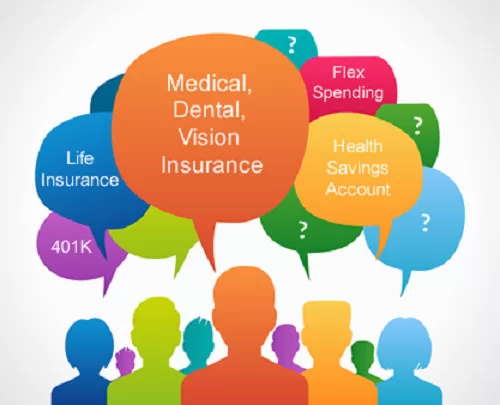Top Guidelines Of Medicare Advantage Agent
Top Guidelines Of Medicare Advantage Agent
Blog Article
The Basic Principles Of Medicare Advantage Agent
Table of ContentsMedicare Advantage Agent - An OverviewThe Best Strategy To Use For Medicare Advantage AgentGetting The Medicare Advantage Agent To Work


follows from adheres to the puzzling young fairly profile of the uninsured with without insurance better healthMuch better health and wellness average, standard younger personsMore youthful For those without access to workplace health and wellness insurance policy, bad wellness is a possible barrier to acquiring nongroup insurance coverage due to the fact that such coverage might be extremely priced, omit pre-existing problems, or be merely unavailable. Unless otherwise noted, national quotes of individuals without health insurance policy and proportions of the population with different kinds of coverage are based on the CPS, the most extensively made use of source of estimates of insurance policy protection and uninsurance rates.

Medicare Advantage Agent for Dummies
The relationship in between health insurance policy and accessibility to care is well established, as recorded later in this chapter. The relationship between health and wellness insurance policy and wellness outcomes is neither straight nor simple, a substantial clinical and wellness services research study literary works links health insurance policy protection
to improved enhanced accessibility care, better far betterTop quality and improved personal and population populace health and wellnessCondition The second report, on personal health outcomes for uninsured grownups, is represented by the innermost circle of the number, while the 3rd report, on family members health, incorporates the topics of the 2nd report but stresses a different device of evaluation, namely, the family.
It focuses specifically on those without any type of health and wellness insurance policy for any kind of size of time. The problems faced by the underinsured are in some aspects similar to those dealt with by the without insurance, although they are usually much less extreme. Uninsurance and underinsurance, however, involve definitely different plan problems, and the methods for resolving them might vary. Throughout this research and the 5 reports to follow, the primary emphasis gets on individuals without health insurance policy and hence no assistance in paying for healthcare beyond what is available through charity and safety net organizations. Medical insurance is a powerful element affecting receipt of care because both people and physicians react to the out-of-pocket price of services. Wellness insurance, nonetheless, is neither needed nor enough to access to medical solutions. However, the independent and straight effect of health
insurance policy coverage on access to wellness solutions is well developed. Others will obtain the healthcare they require also without health and wellness insurance, by spending for it out of pocket or seeking it from carriers who provide treatment totally free or at very subsidized prices. For still others, medical insurance alone does not guarantee invoice of treatment as a result of other nonfinancial obstacles, such as an absence of health and wellness treatment service providers in their area, minimal accessibility to transportation, illiteracy, or linguistic and cultural differences. Official research study concerning without insurance populaces in the USA dates to the late 1920s and early 1930s when the Committee on the Expense of Treatment created a collection of reports regarding funding physician office gos to and hospital stays. This issue became significant as the numbers of medically indigent climbed throughout the Great Anxiety. Empirical researches regularly sustain the web link in between access to care and improved wellness end results(Bindman et al., 1995; Starfield, 1995 ). Having a regular source of care can be taken into consideration a predictor of gain access to, instead than a straight action of it, when health outcomes are themselves utilized as gain access to signs. This expansion of the idea of access measurement was made Website by the IOM Board on Keeping Track Of Accessibility to Personal Healthcare Solutions(Millman, 1993, p. Whether parents are insured shows up to affect whether or not their kids get treatment in addition to just how much careeven if the youngsters themselves have insurance coverage(Hanson, 1998). The try here wellness of moms and dads can impact their capability to take care of their kids and the degree of family members anxiety. Stressing over their youngsters's access to care is itself a source of stress for parents. 3 phases comply with in this report. Chapter 2 provides a summary of how employment-based medical insurance, public programs and private insurance plan run and connect to supply substantial however incomplete protection of the U.S. populace. This consists of an evaluation of historical trends and public policies influencing both public and personal insurance, a discussion of the communications among the different kinds of insurance policy, and an examination of why individuals relocate from one program to one more or finish up

Report this page